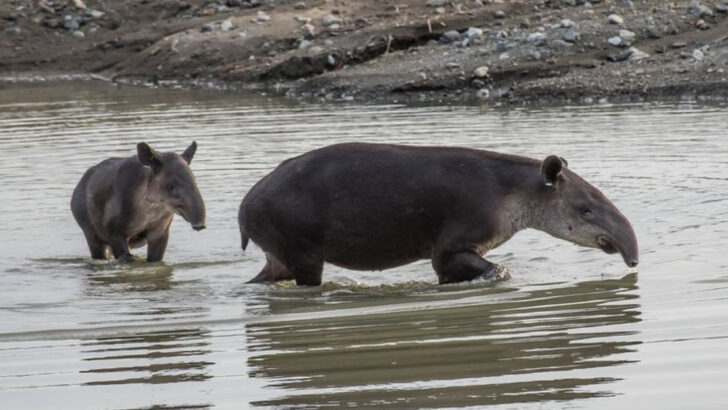Stretching along the spine of South America, the Andes Mountains are home to some of the most fascinating wildlife on the planet. The region’s towering peaks, deep valleys, and dramatic shifts in climate have created a patchwork of habitats, each supporting its own cast of animals. From high-altitude mammals adapted to thin air to tiny frogs that live nowhere else, the Andes are full of surprises.
Some of these animals are rarely seen outside their native range, and a few are so specialized they can only survive in a single part of the mountains. It’s not just the diversity that stands out—it’s how these creatures have adapted to some of the most extreme conditions on Earth. Here’s a closer look at some of the remarkable species that call the Andes home.
Andean Condor
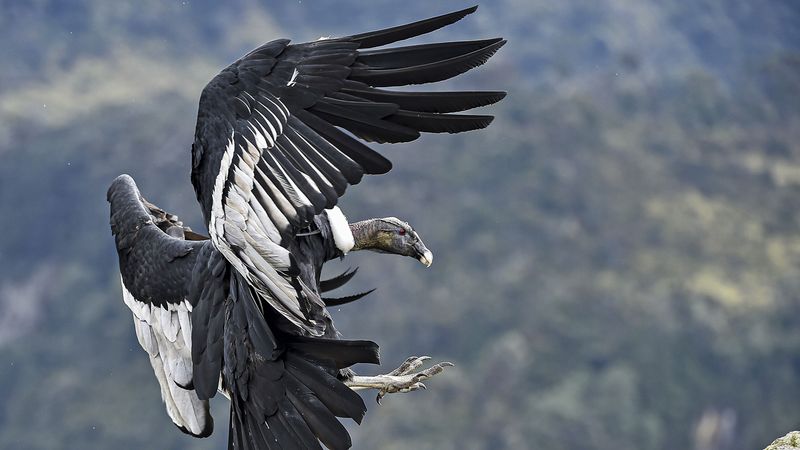
The Andean Condor, with its strikingly large wingspan, is one of the most iconic birds of the Andes. This scavenger bird plays a vital role in the ecosystem by keeping the environment clean.
They are often seen gliding gracefully through the skies, using air currents to stay aloft for hours with minimal effort. With a lifespan that can exceed 50 years, the Andean Condor is a symbol of power and freedom in the Andes. Conservation efforts are underway to protect this majestic bird from the brink of extinction.
Andean Tinamou
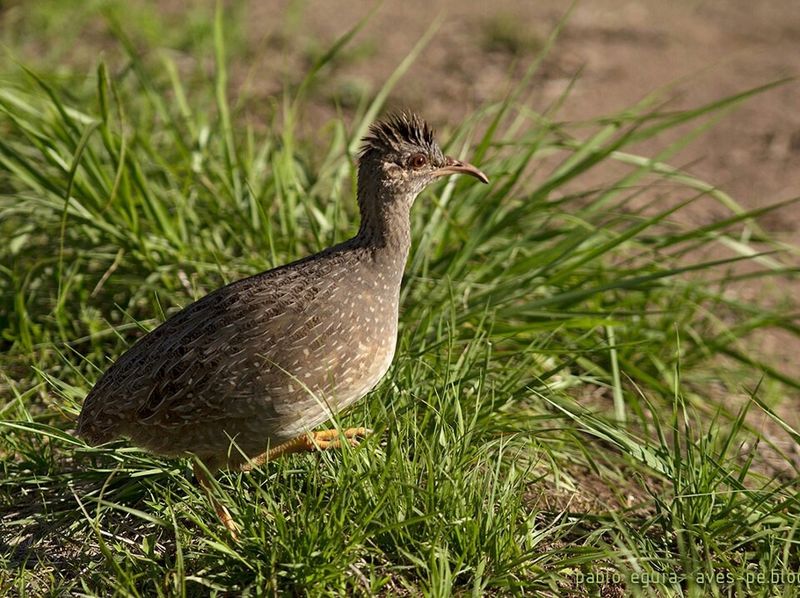
The Andean Tinamou, with its subtle elegance, is a master of camouflage. Its speckled feathers mimic the forest floor, providing excellent cover from predators. This ground-dwelling bird, though rarely seen, wanders the undergrowth in search of seeds and insects.
Known for its melancholic whistle, the Andean Tinamou’s call resonates through the forest, a haunting melody in the quiet mornings. Despite its elusive nature, it plays a vital role in the ecosystem by controlling insect populations.
Interestingly, the Andean Tinamou has been part of local folklore, often symbolizing the spirit of the forest.
Llama
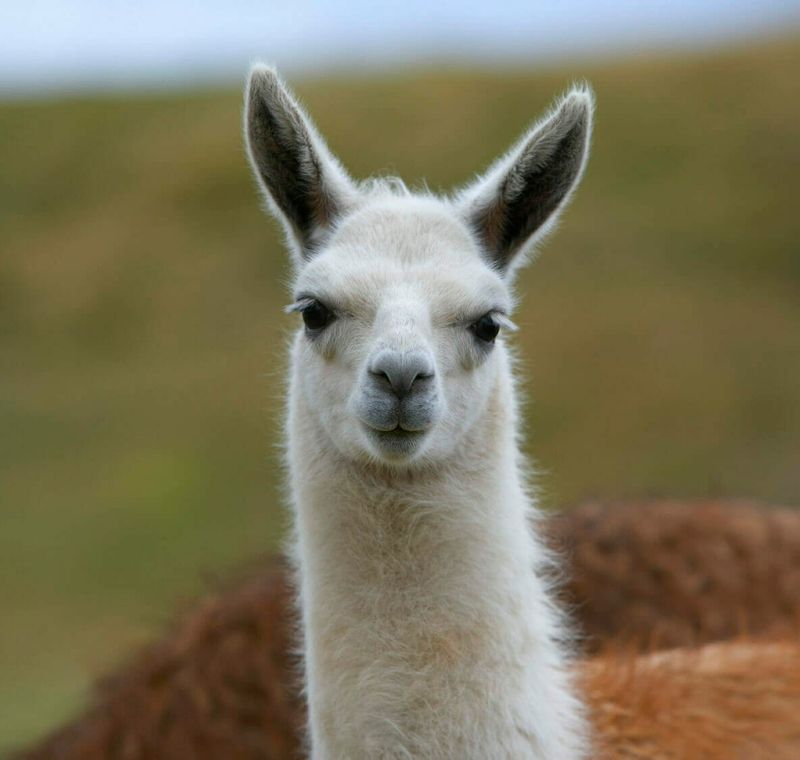
Llamas are commonly found grazing in the high-altitude regions of the Andes. These gentle creatures have been domesticated for thousands of years and are vital to the local economy.
They are primarily used as pack animals, carrying goods across the rugged Andean terrain. Llamas are also valued for their wool, which is used to make various textiles. Their calm demeanor and sociable nature make them a favorite among locals and tourists alike. With their thick fur and adaptability to high altitudes, llamas thrive in this unique environment.
Mountain Viscacha
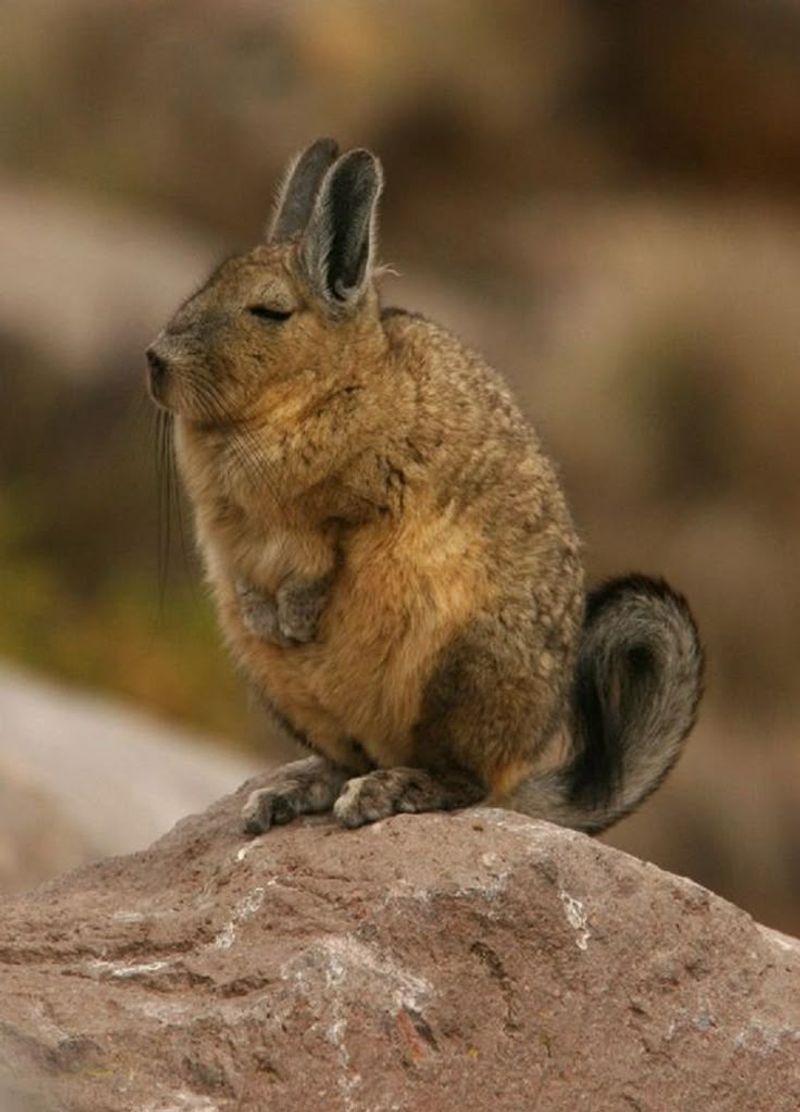
With the agility of a gymnast, the Mountain Viscacha leaps across rocky outcrops, its long tail trailing like a dancer’s ribbon. This rodent, resembling a rabbit, thrives in the high-altitude regions of the Andes.
Its soft, dense fur offers protection against the cold mountain temperatures, while its keen senses aid in detecting predators. These social creatures often huddle together for warmth during chilly nights.
Did you know? The Mountain Viscacha is closely related to the chinchilla and shares its penchant for sunbathing on rocky ledges during daylight hours.
Vicuna
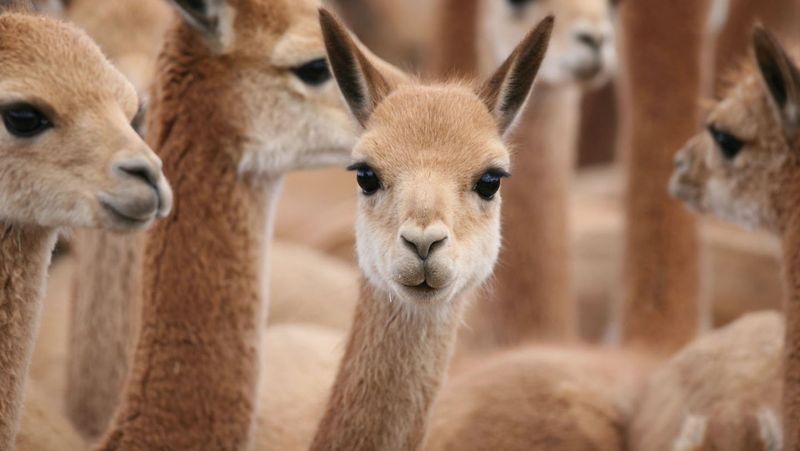
The Vicuna, a relative of the Llama, is a wild camelid that roams the Andean plains. Known for its incredibly fine and soft wool, Vicuna fiber is highly prized and expensive.
These elegant creatures have adapted to the harsh conditions of the Andes with their slender bodies and long necks, allowing them to navigate rocky terrains with ease. Vicunas live in family groups led by a dominant male, and they are crucial for maintaining the ecological balance of their habitat. Conservation efforts protect them from poaching and habitat loss.
Torrent Duck
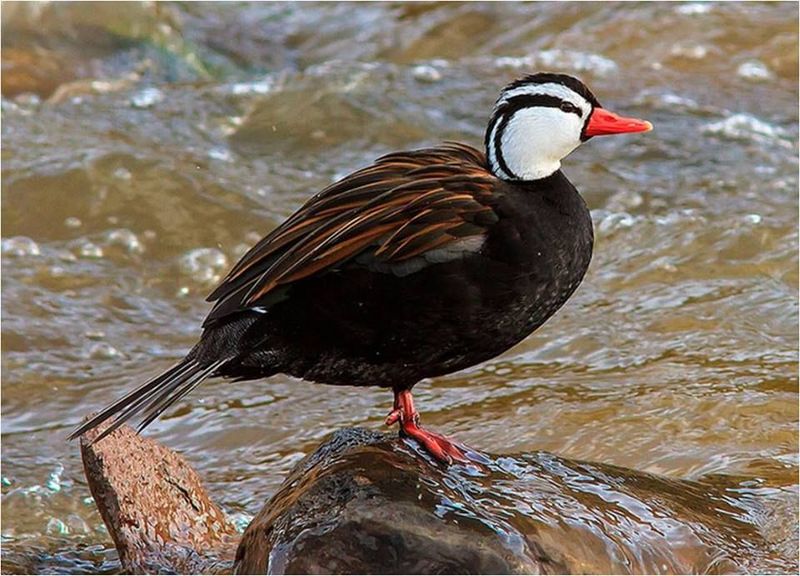
The Torrent Duck is a marvel of nature’s engineering, perfectly adapted to life in fast-flowing mountain streams. Its sleek body allows it to navigate strong currents with ease, while its sharp claws grip slippery rocks.
Males boast vivid black-and-white plumage, creating a striking visual against the rushing water, while females are more subdued in color. This species is often observed in pairs, demonstrating a strong bond.
Interestingly, the Torrent Duck’s ability to dive and swim against turbulent flows has made it a symbol of resilience in local Andean cultures.
Spectacled Bear
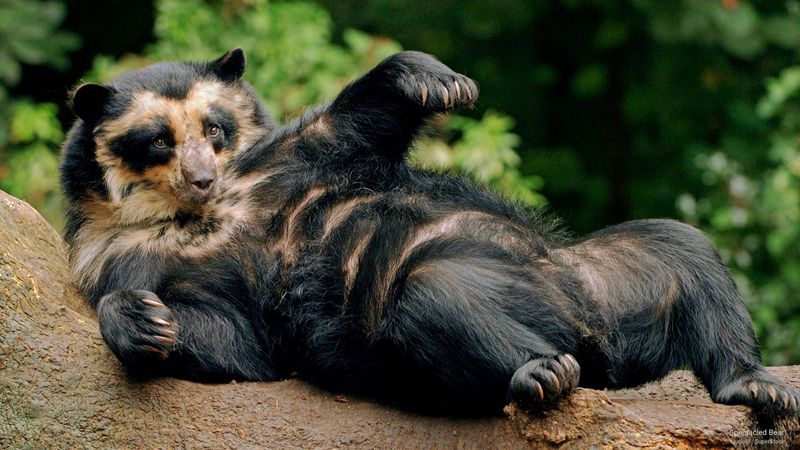
The Spectacled Bear, also known as the Andean bear, is the only bear species native to South America. Recognized by the distinctive white markings around their eyes, these bears inhabit the cloud forests of the Andes.
They are solitary animals, primarily herbivorous, feeding on fruits, leaves, and occasionally small animals. Spectacled Bears play a crucial role in seed dispersal, contributing to forest regeneration. Due to deforestation and hunting, their population is declining, prompting conservation efforts to secure their future in the Andes.
Giant Hummingbird
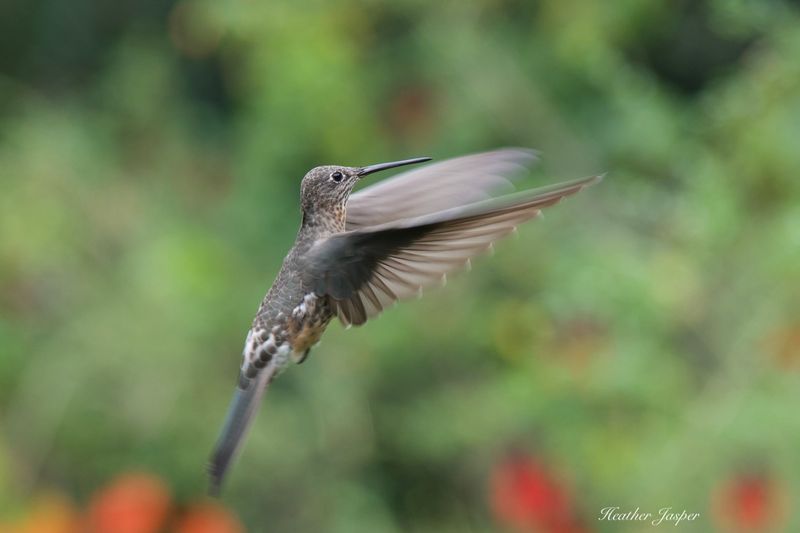
The Giant Hummingbird, the largest of its kind, graces the skies of the Andes with its presence. Despite its size, it exhibits the same iridescent beauty and rapid wing flaps characteristic of hummingbirds.
They are adapted to high altitudes, feeding on nectar from mountain flowers. Their wings beat more slowly compared to smaller hummingbirds, but they are equally agile and precise in flight. Observing a Giant Hummingbird in action is a captivating experience, as they dart gracefully among blooms, their shimmering feathers catching the sunlight.
Patagonian Mara
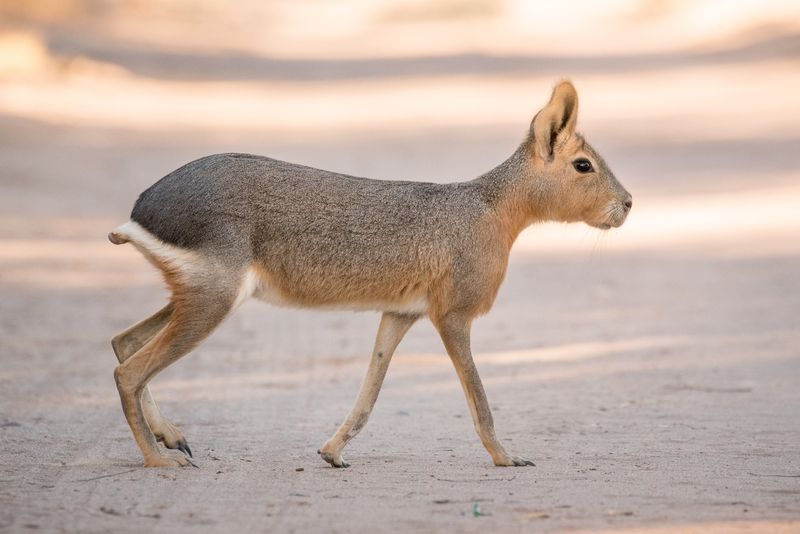
The Patagonian Mara resembles a rabbit but is actually more closely related to guinea pigs. Found in the southern Andes, these rodents are known for their long legs and distinctive body shape.
They live in monogamous pairs and exhibit unique social behaviors. Patagonian Maras are herbivores, grazing on grasses and shrubs. Their speed and agility help them evade predators in open landscapes. Observing their social interactions and playful nature offers insight into the complex dynamics of Andean wildlife. Despite habitat challenges, they continue to thrive in their native environment.
Pudu
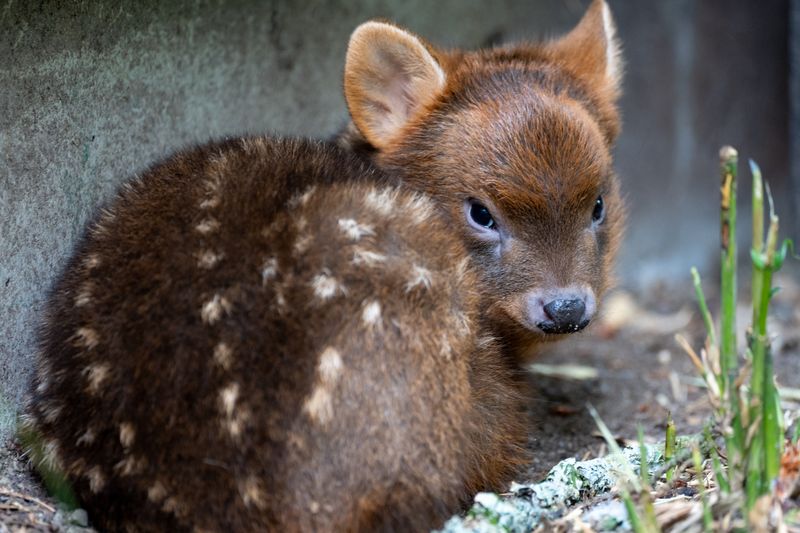
The Pudu is the world’s smallest deer, native to the Andean forests. These elusive creatures are shy and prefer dense underbrush where they can remain hidden from predators.
Despite their small size, Pudus are agile and can move swiftly through the forest. They primarily feed on leaves, fruits, and bark, playing a role in forest ecology. Their diminutive stature and adorable appearance make them a favorite among wildlife enthusiasts. Conservation efforts are crucial to protect their habitat from deforestation and human encroachment, ensuring their survival in the wild.
Mountain Tapir
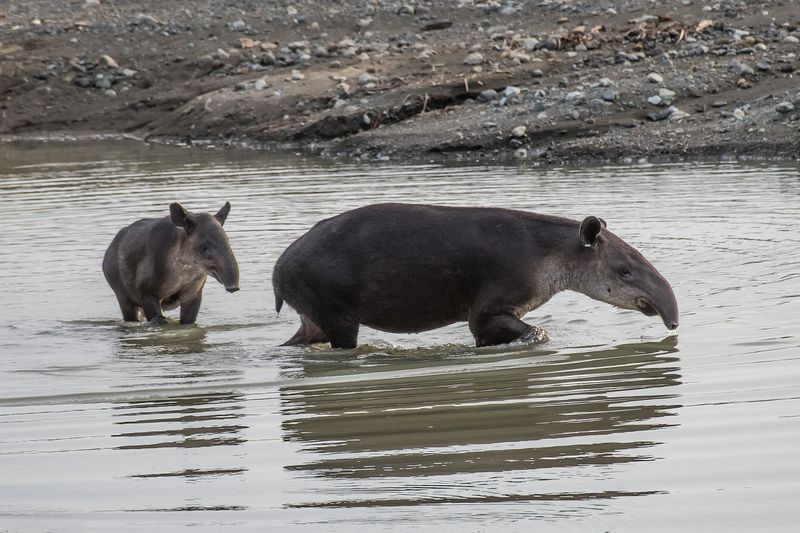
The Mountain Tapir, with its thick, woolly coat, is well-suited for the cold, high-altitude regions of the Andes. These herbivorous mammals are crucial for seed dispersal, aiding in forest regeneration.
They are typically solitary, except during mating season or when mothers rear their young. Mountain Tapirs feed on a variety of vegetation, including leaves and fruit. Due to habitat loss and hunting, they are classified as endangered, with conservation programs in place to protect their dwindling populations. Their presence is vital for maintaining the ecological balance of their habitat.
Andean Cat
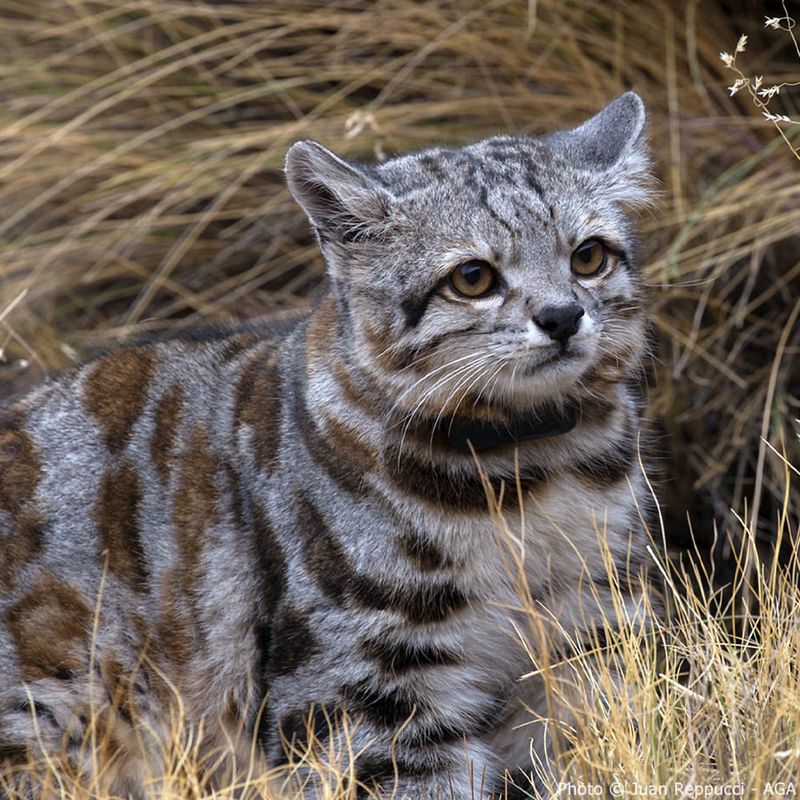
The Andean Cat, one of the rarest wild cats, is native to the high Andes. This small feline is perfectly adapted to the harsh mountainous terrain, with a thick, spotted coat for camouflage.
They primarily hunt small mammals and birds, exhibiting stealth and agility. Due to their elusive nature, Andean Cats are seldom seen, making them a subject of fascination for researchers. Their populations are threatened by habitat destruction and human interference. Conservation efforts focus on preserving their natural habitat and understanding their behaviors to ensure their survival.
Guanaco
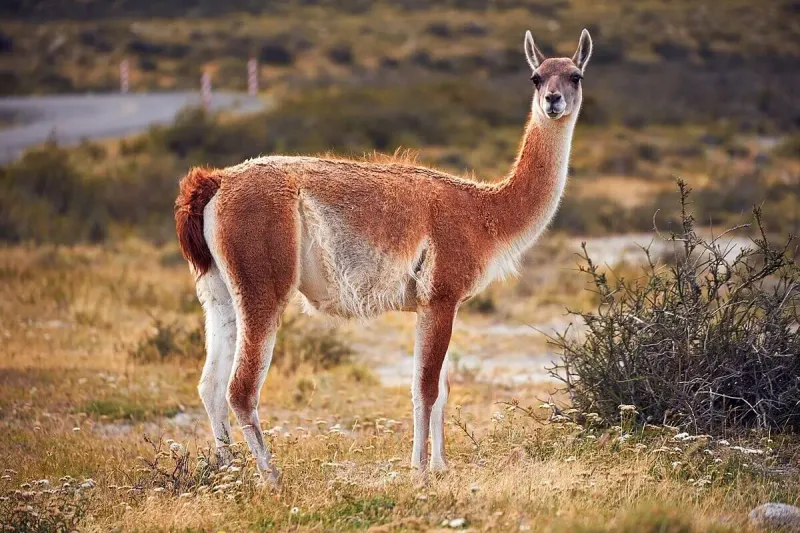
Guanacos, wild relatives of the Llama, roam the Andean plains in herds. These graceful creatures are well-adapted to the variable climate of the region, with thick coats to withstand cold temperatures.
They are social animals, often seen in groups led by a dominant male. Guanacos play a significant role in the ecosystem by grazing on vegetation and helping control plant growth. Their ability to thrive in harsh environments makes them a vital part of Andean wildlife. Efforts are ongoing to manage their populations and preserve their natural habitats.
Andean Cock-of-the-rock
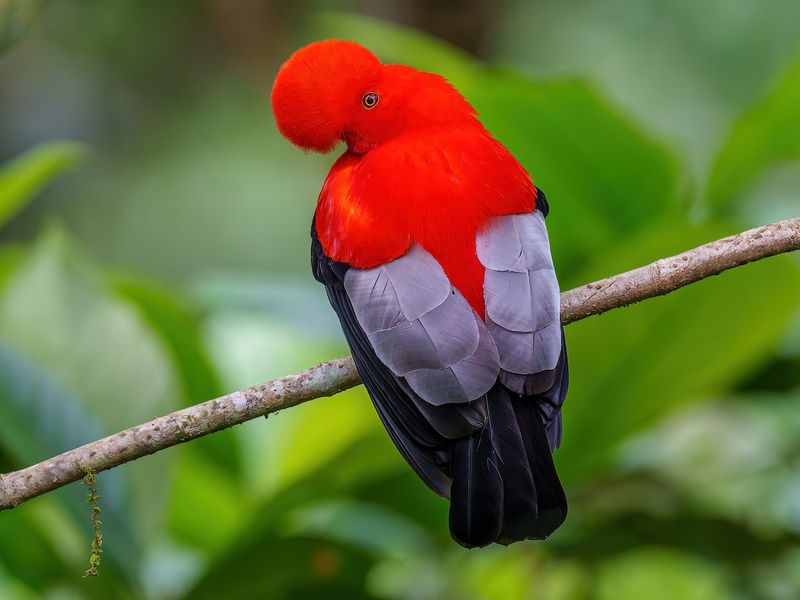
The Andean Cock-of-the-rock is known for its vivid plumage and unique courtship displays. Males are especially striking, with bright orange feathers and a fan-shaped crest.
These birds inhabit the cloud forests of the Andes, where they build nests on rocky cliffs. Their elaborate mating rituals involve displaying and calling to attract females. Observing these rituals is a memorable experience for bird watchers. As forest dwellers, they depend on fruiting trees for sustenance and play a role in seed dispersal. Conservation efforts aim to protect their habitat and maintain healthy populations.
Andean Goose
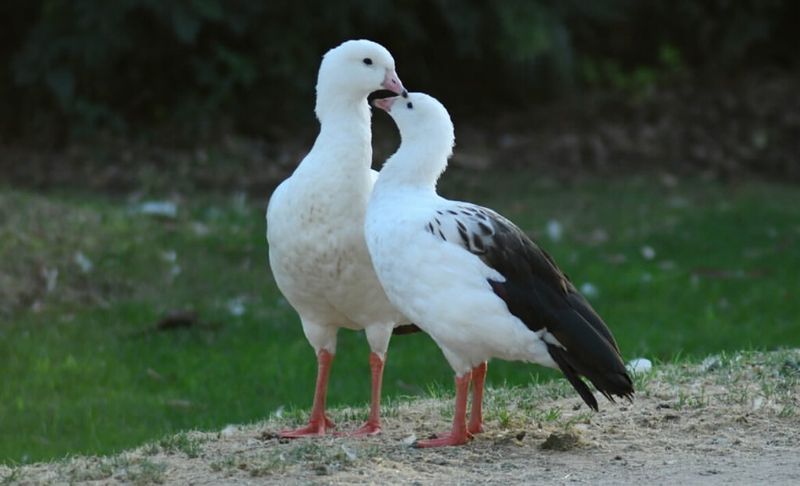
The Andean Goose is a high-altitude waterfowl species that dwells in the wetlands of the Andes. Known for their striking black and white plumage, they are often seen in pairs or small family groups.
They feed on aquatic plants and grasses, contributing to the health of wetland ecosystems. These geese are adapted to cold climates, with thick feathers providing insulation. Their presence in the Andes is a sign of healthy wetland environments. Conservation efforts focus on protecting their wetland habitats from pollution and agricultural encroachment.
Andean Flamingo
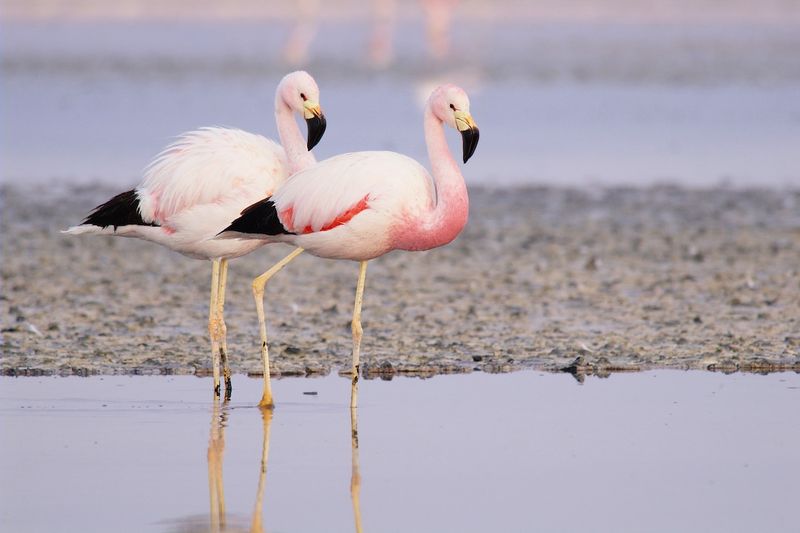
The Andean Flamingo, with its delicate pink hues, is one of the rarest flamingo species. These birds inhabit the salt flats and alkaline lakes of the Andes, feeding on algae and small crustaceans.
Their long legs and specialized beaks allow them to forage in shallow waters efficiently. Andean Flamingos are social birds, often seen in large flocks. Their stunning appearance and synchronized movements are a highlight for bird watchers. Due to habitat threats, including mining and pollution, conservation initiatives are crucial to protect their breeding grounds and sustain their populations.
Chinchilla
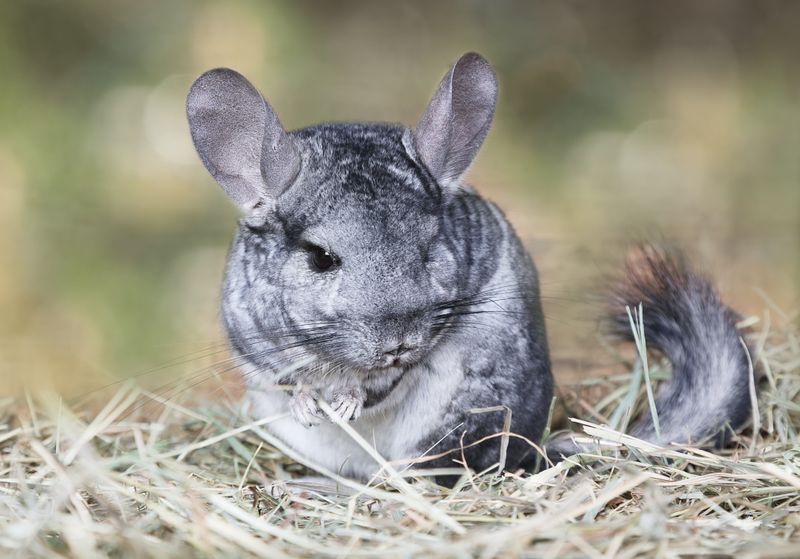
Chinchillas are small rodents known for their incredibly dense and soft fur, found in the rocky Andes. Historically hunted for their pelts, they now face threats from habitat destruction.
These nocturnal creatures are agile climbers, using their strong hind legs to navigate the rugged terrain. Chinchillas live in colonies, displaying complex social behaviors. Due to their declining populations, they are classified as endangered, prompting conservation efforts to protect their natural habitats. Their charm and gentle nature make them a favorite among wildlife enthusiasts and conservationists alike.
Andean Toad
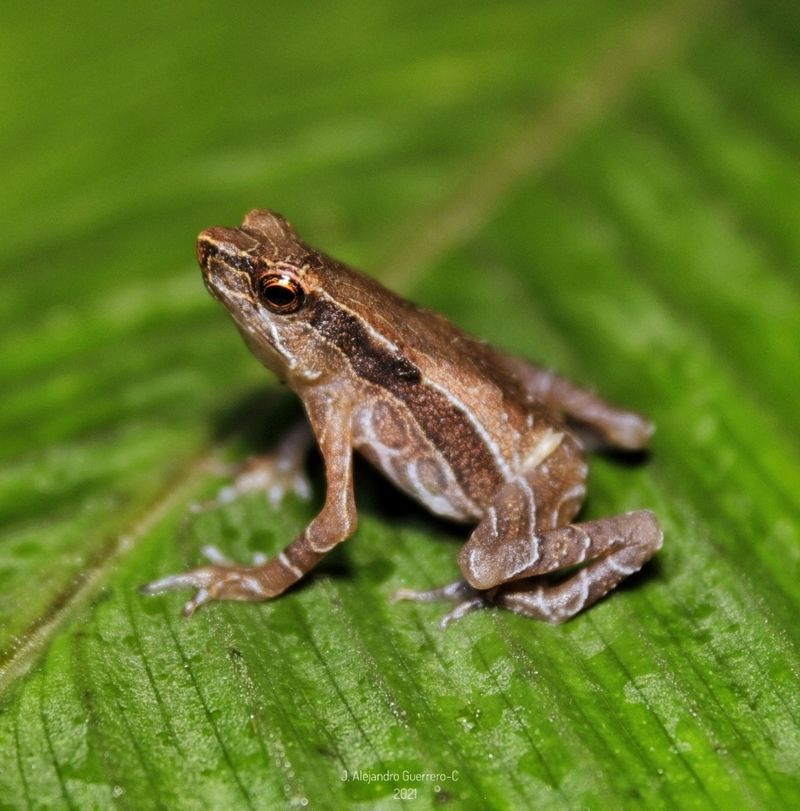
The Andean Toad, with its vibrant colors, is a fascinating amphibian native to the cloud forests of the Andes. These toads are well-camouflaged among the mossy rocks and foliage, aiding in their survival.
They play a critical role in controlling insect populations, thus maintaining ecological balance. During the rainy season, they become more active, engaging in vocal calls to attract mates. Due to environmental changes and pollution, their numbers are declining, making conservation efforts vital. Protecting their habitat ensures the survival of these unique amphibians.

